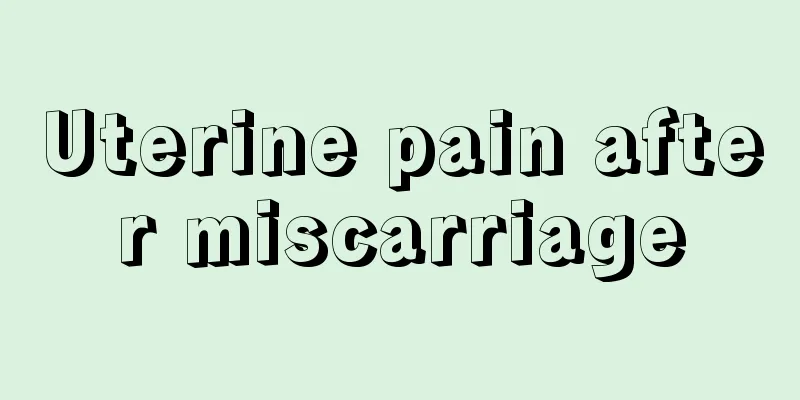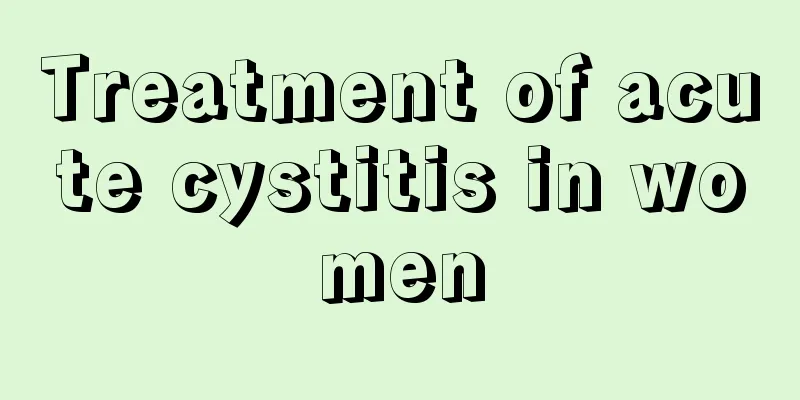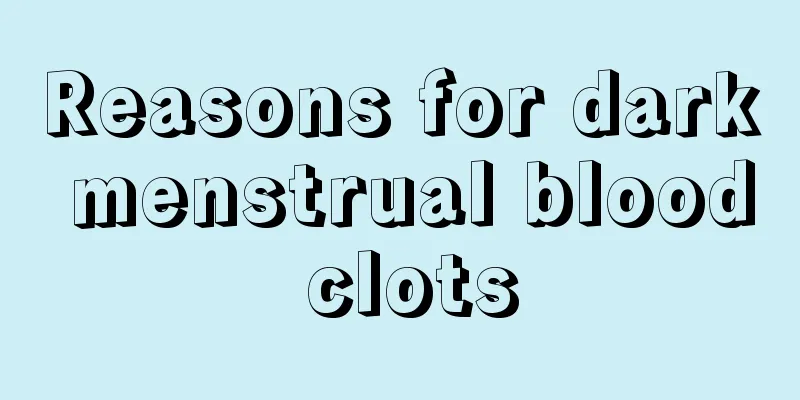How should patients with kidney disease lower their blood pressure?

|
Renal hypertension is one of the common complications of chronic kidney disease, and hypertension is also one of the important factors affecting the prognosis of patients with kidney disease. Therefore, it is very important for patients with kidney disease to control blood pressure. Antihypertensive treatment for patients with kidney disease mainly includes non-drug treatment and drug treatment. Non-drug treatment mainly aims to change unhealthy lifestyles, thereby reducing blood pressure to a certain extent, and mainly includes the following aspects. (1) Low-salt diet: The sodium salt (sodium chloride) intake of non-dialysis patients is 5-6 g/day, and the sodium salt intake of dialysis patients is less than 5 g/day. (2) Control weight: Maintain a healthy weight, avoid being underweight or obese, and keep the body mass index between 20 and 24 kg/m2. (3) Appropriate exercise: Non-dialysis patients should exercise five times a week for at least 30 minutes each time, provided their cardiovascular condition and overall tolerance are met; hemodialysis and peritoneal dialysis patients can exercise as much as they can tolerate between dialysis sessions. (4) Dietary diversification: Adjust your diet based on your proteinuria, kidney function, blood potassium, calcium and phosphorus metabolism, and eat an appropriate amount of vegetables and fruits. You can develop a diet plan that suits you by consulting a nutritionist. (5) Limit alcohol consumption or avoid drinking alcohol. (6) Quit smoking: Kidney disease patients are strictly prohibited from smoking. (7) Adjust your mental state: If a mental illness is diagnosed, seek treatment as soon as possible. The principles of drug treatment for lowering blood pressure in patients with kidney disease are as follows. (1) During initial treatment, standard antihypertensive drug doses should be used and gradually increased to the tolerated dose. Elderly patients are advised to start with a low dose. (2) Decide whether to use a single drug or a combination of drugs based on blood pressure classification and cardiovascular risk stratification. (3) Long-acting preparations should be given priority. Long-acting drugs that can lower blood pressure for 24 hours should be selected as much as possible. They are not only convenient to take, but can also effectively control blood pressure throughout the day. If medium- or short-acting preparations are used, they should be taken 2 to 3 times a day to achieve stable blood pressure control. (4) Under the guidance and assistance of a physician, patients should develop an individualized treatment plan and choose the most suitable antihypertensive drug based on target organ damage to the heart, brain, and kidneys, as well as whether they have hyperuricemia, hyperkalemia, or volume overload. Antihypertensive treatment for kidney disease patients should be based on "early knowledge, early prevention, early diagnosis, early treatment, and reaching the target". During the antihypertensive treatment, blood pressure should be closely checked. If blood pressure is not well controlled, seek help from a doctor in a timely manner, seek and eliminate factors that affect blood pressure in a timely manner, adjust the antihypertensive treatment plan, and try to keep blood pressure continuously and steadily within the target range. |
<<: Love = 6 bottles of wine? But I still want to fall in love after drinking...
>>: Use day cream during the day and night cream at night? Can I use whatever I want?
Recommend
What should pregnant women eat for breakfast?
Women need to pay special attention to their diet...
Brown discharge started one week after the abortion
Medical abortion is a relatively common method of...
How to treat uterine septate infertility
If you say that women are like flowers, then I wo...
What are the symptoms of women's sex addiction?
There are many sex addicts in our lives. These pe...
What does cervical biopsy mean?
Cervical biopsy is relatively unfamiliar to many ...
How to treat uterine pain?
Many female patients suffer from gynecological di...
Can eating kiwi fruit after barbecue help detoxify? What should not be eaten with barbecue?
Barbecue is also a technical job. First, wash the...
Correct sleeping position for breastfeeding during weaning period
It is normal to have breast swelling during the w...
What is the most accurate breast examination?
Breasts are very important to women. Not only can...
How should endometrial thickening be treated?
I believe that many women will encounter the phen...
Does having an abortion two months into pregnancy affect your health?
In modern society, early pregnancies occur freque...
Do soy products increase uric acid? Can soda water lower uric acid? What you know may not be the truth!
Author: Wang Hailong, Chief Physician, Dongzhimen...
Common knowledge about gastric ulcer
Ulcer is a very common disease, but the cause has...
What should I do if my breasts sag severely after breastfeeding?
It is really hard to say whether food is safe now...









